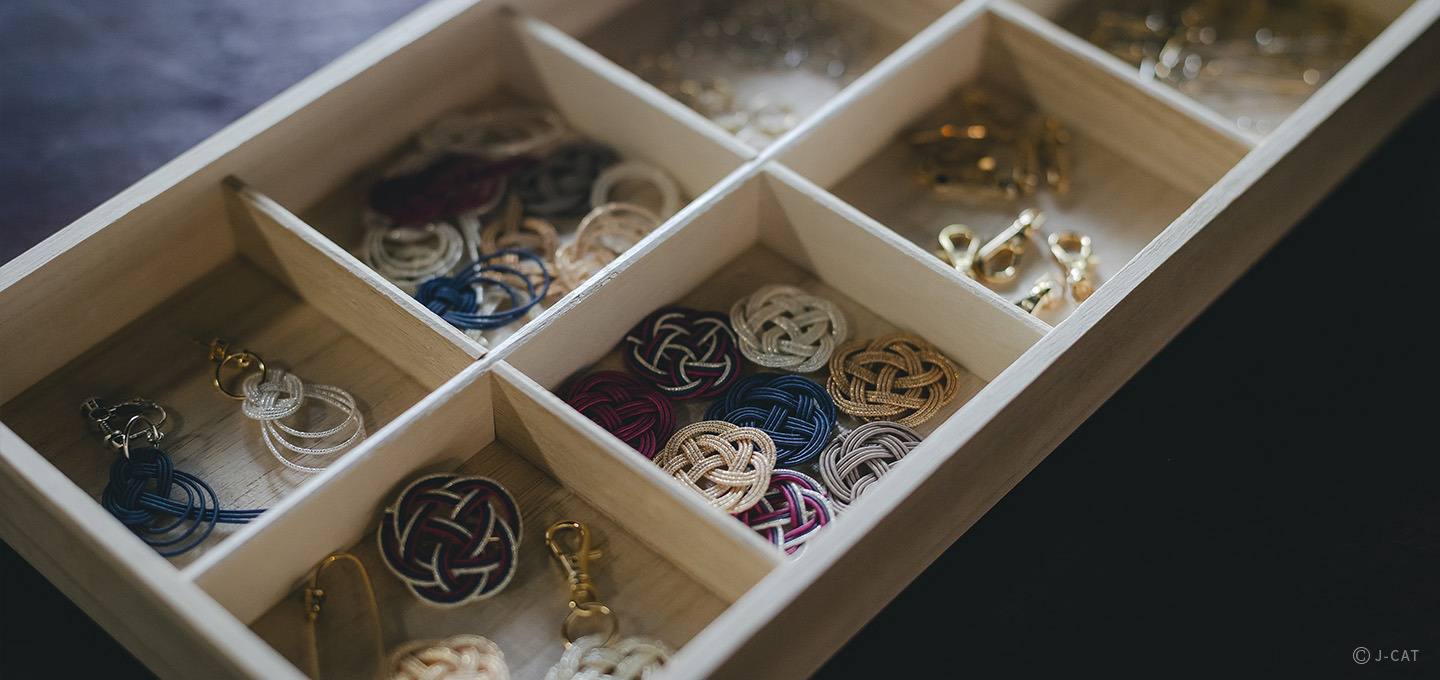
Special Experience
Tokyo
Wear a Yukata and Make Matching Mizuhiki Accessories – Take Your Casual Kimono Home
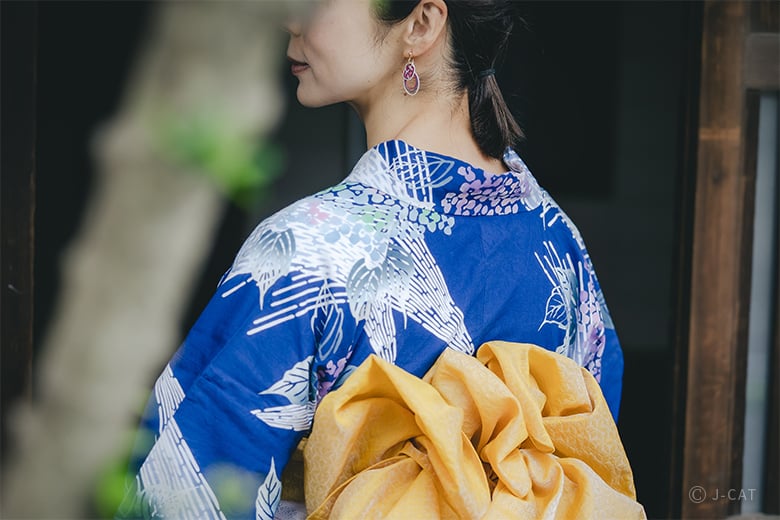
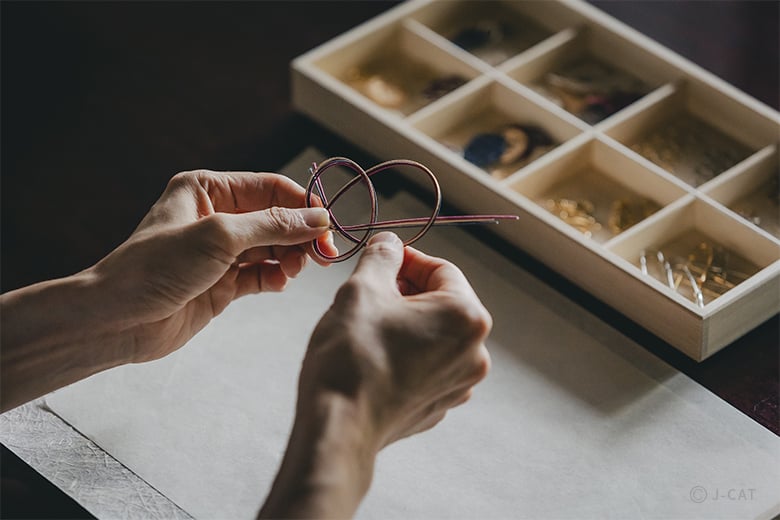
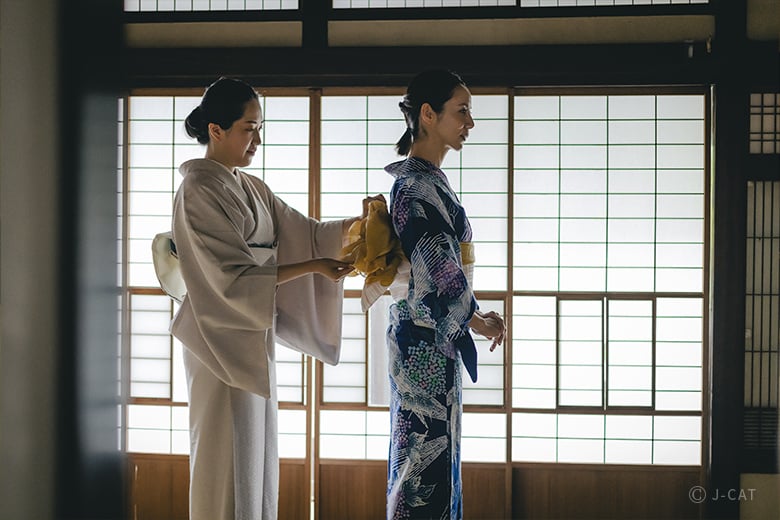
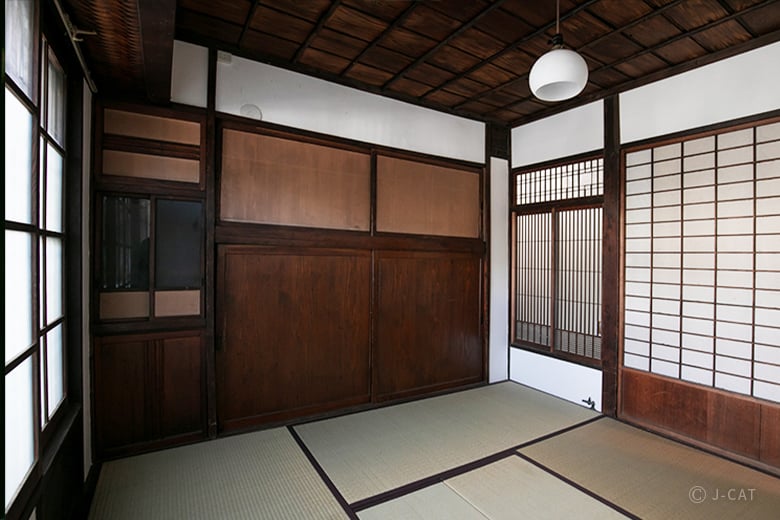
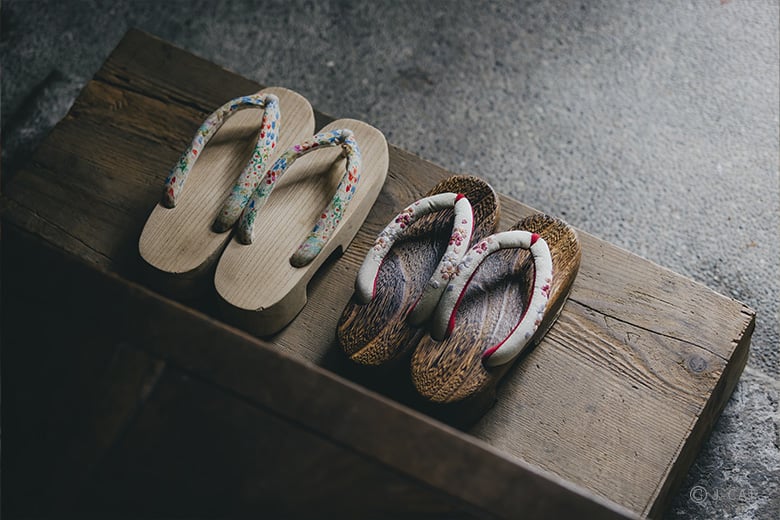
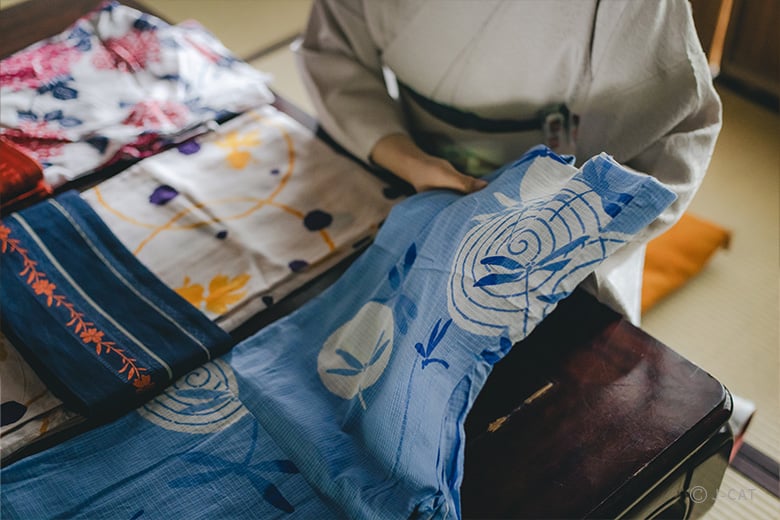
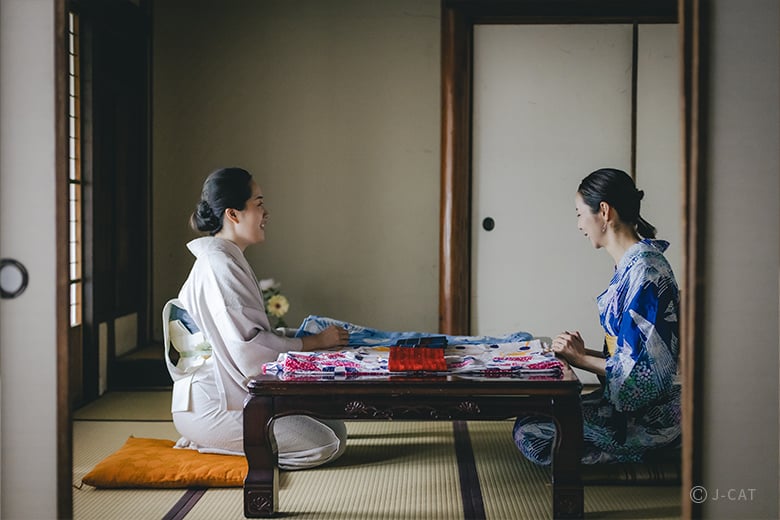
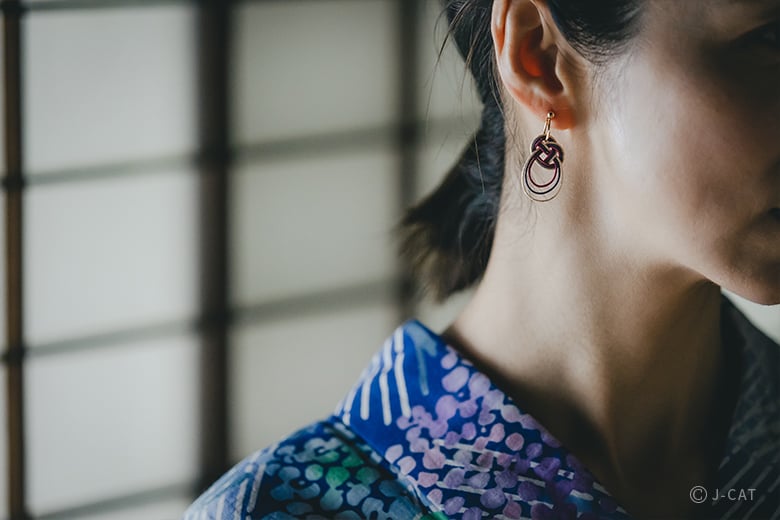
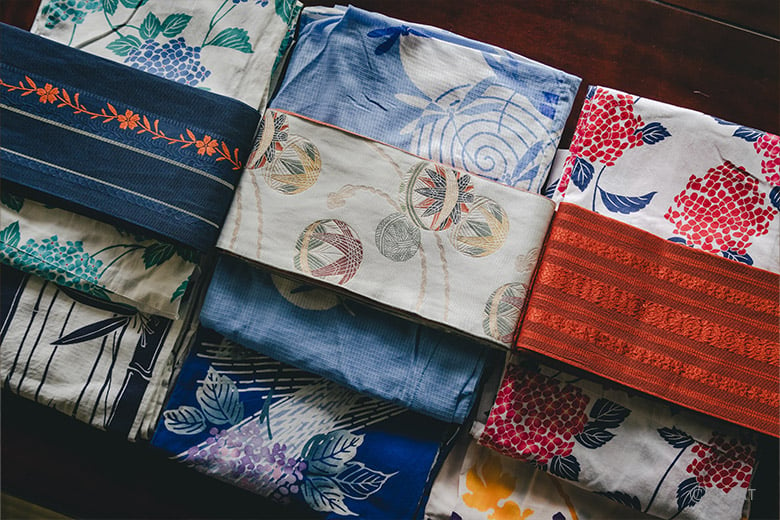
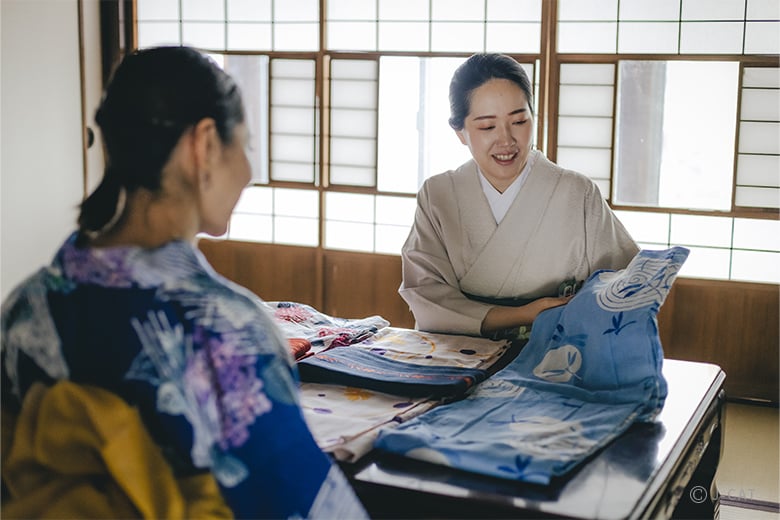
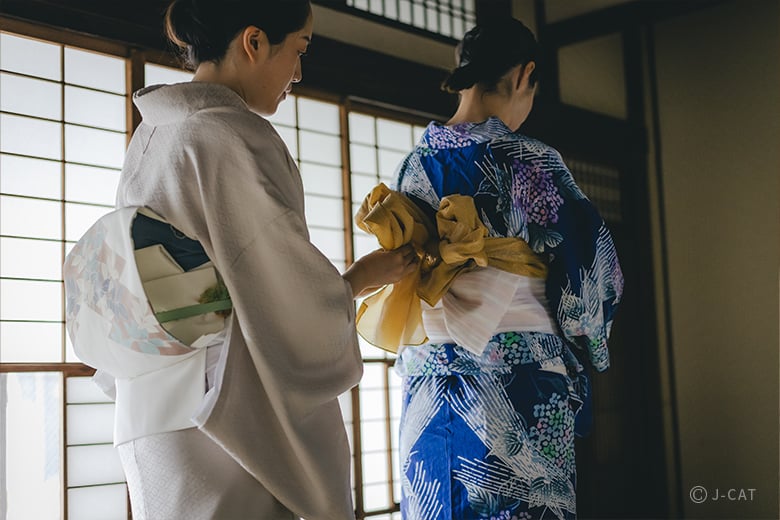
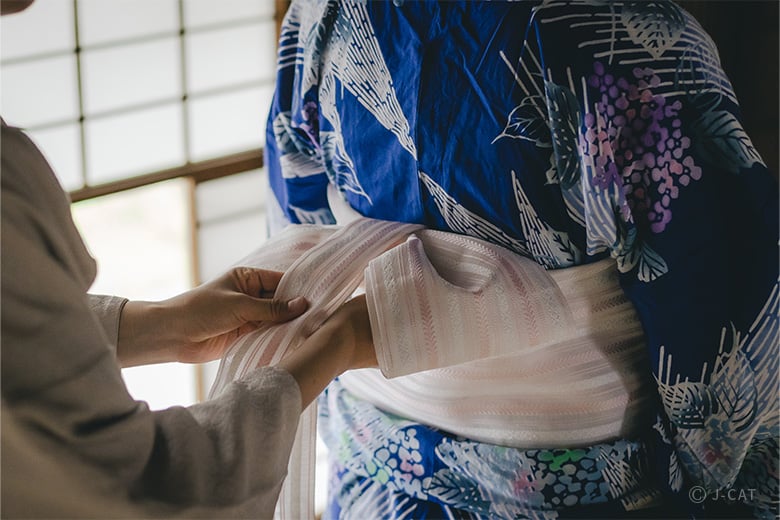
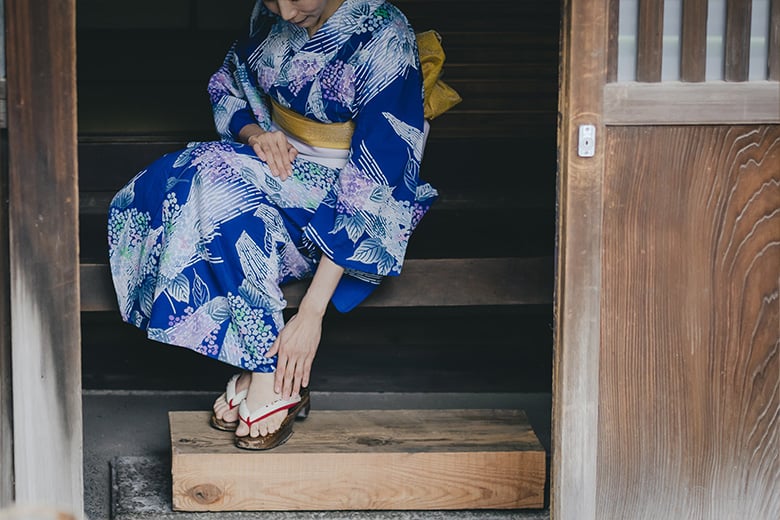
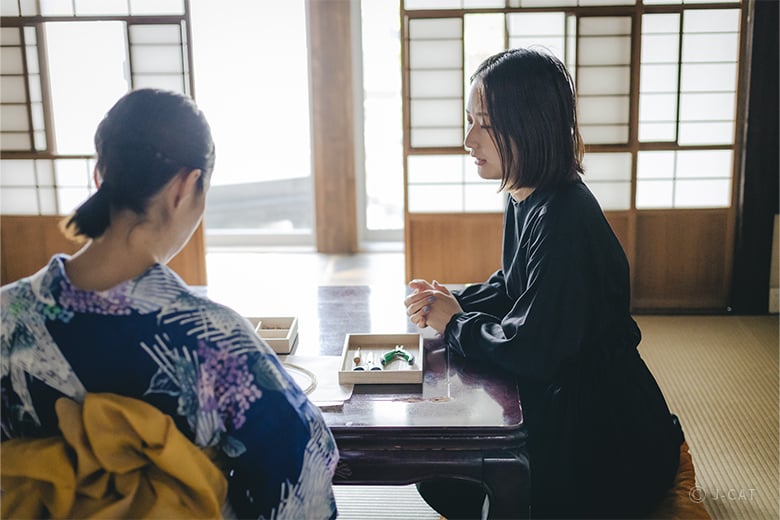
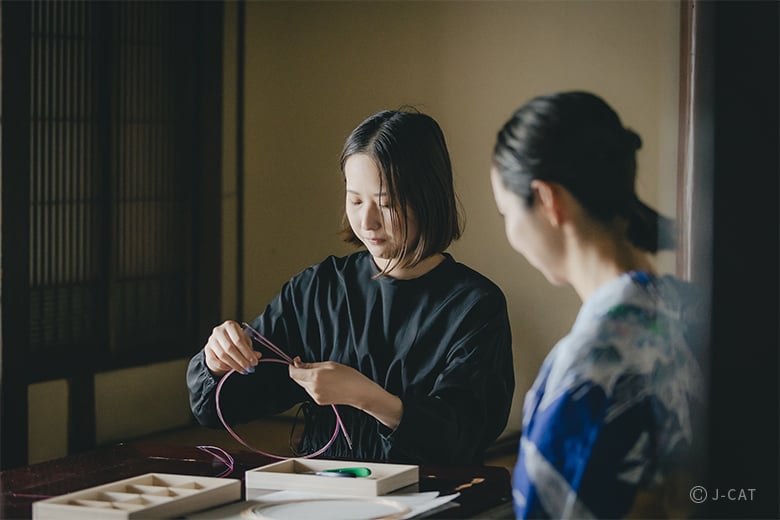
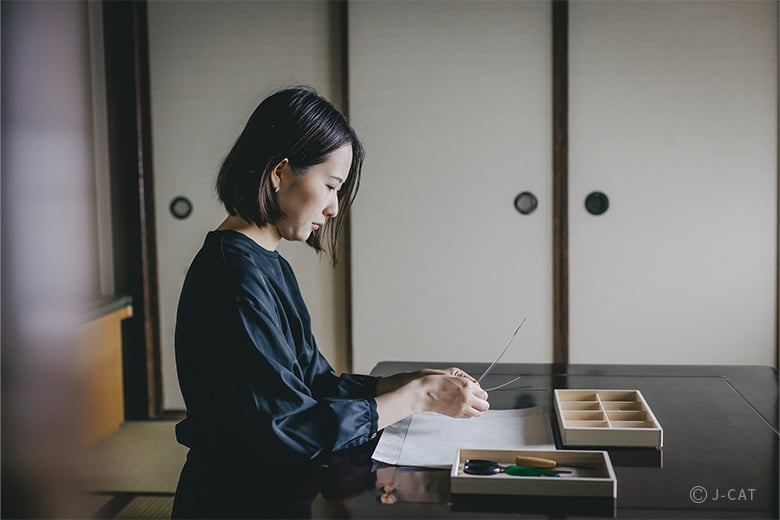
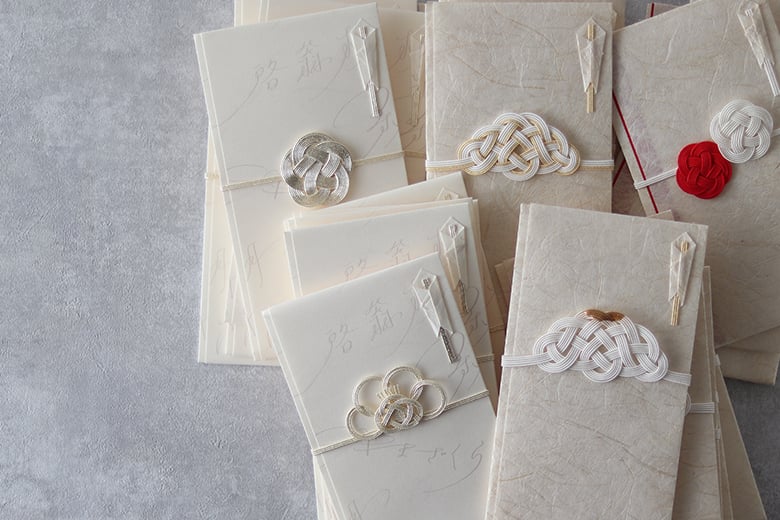
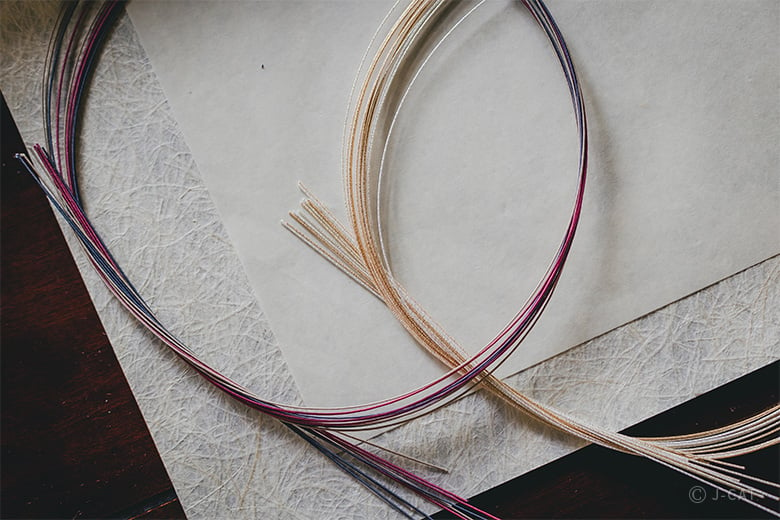
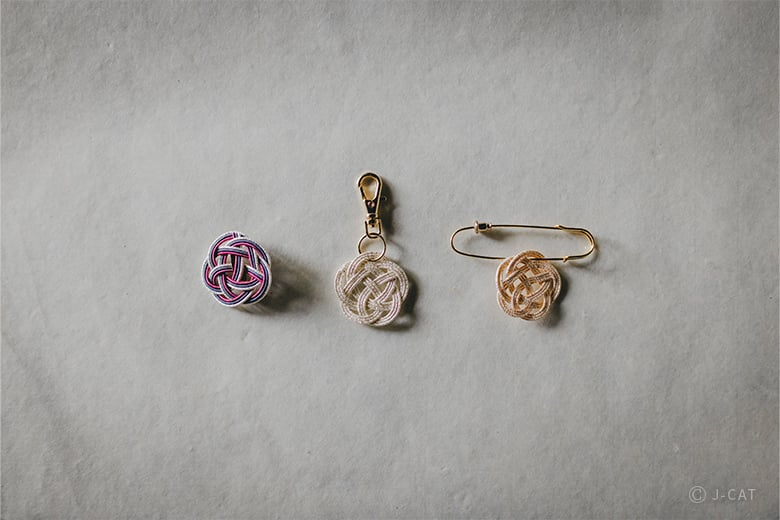
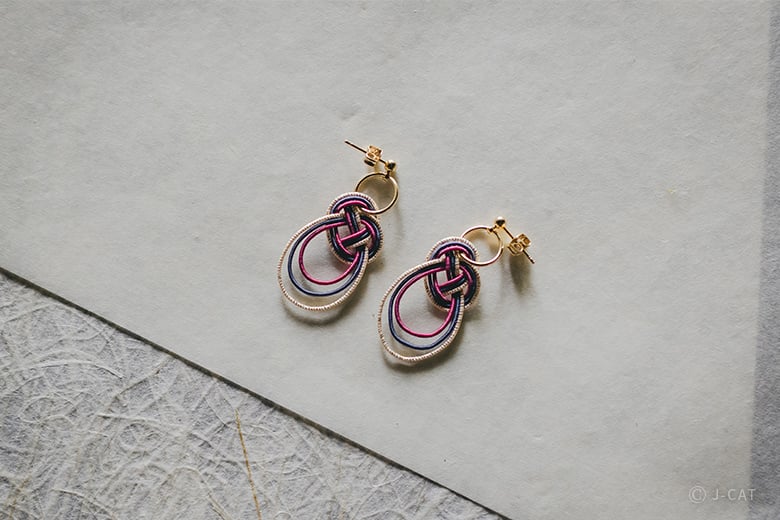
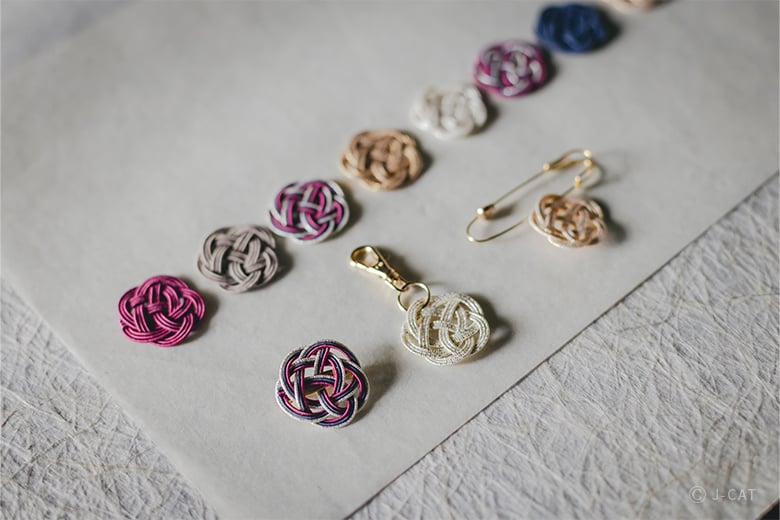
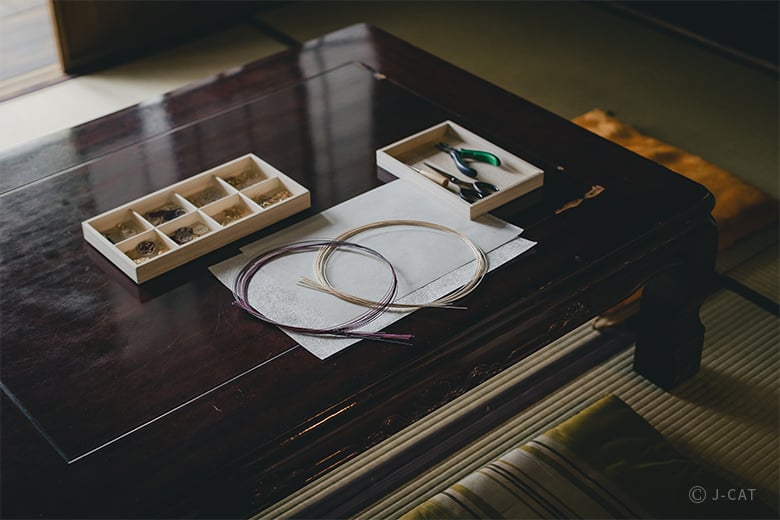
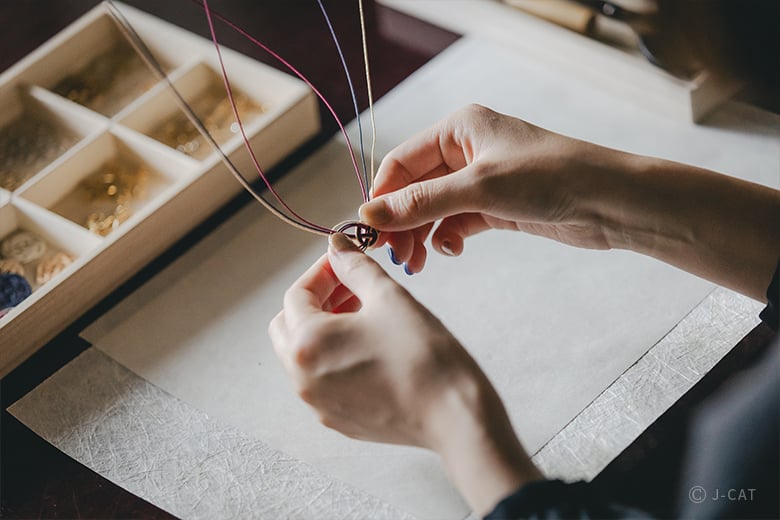
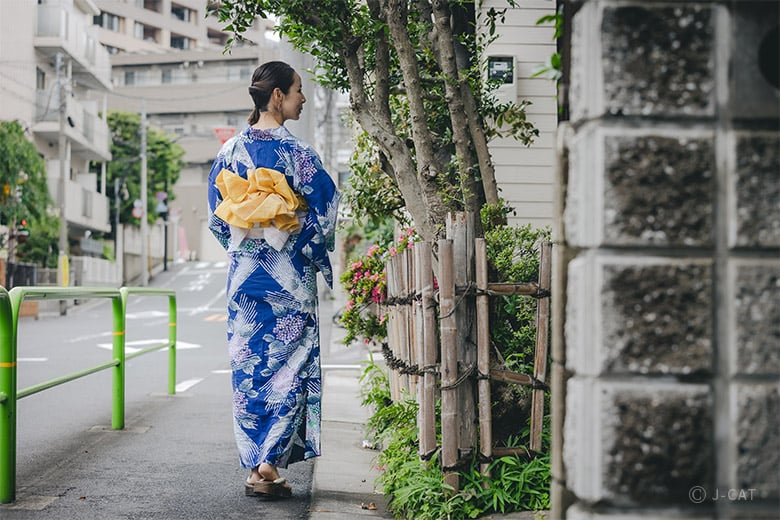
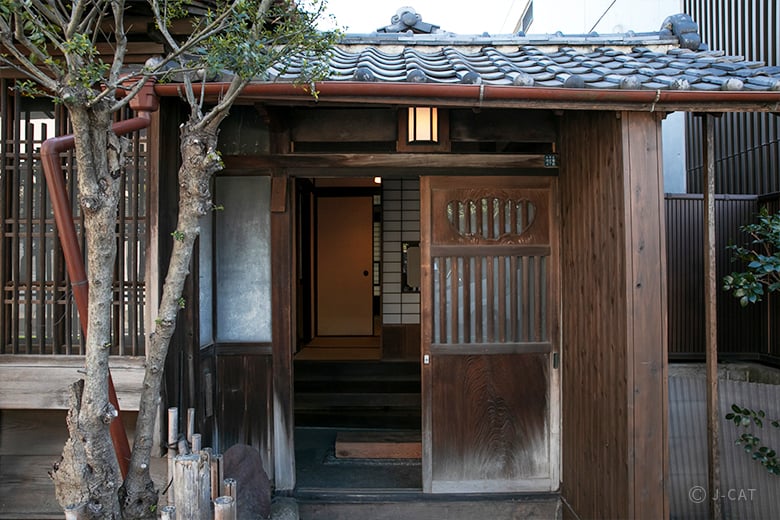
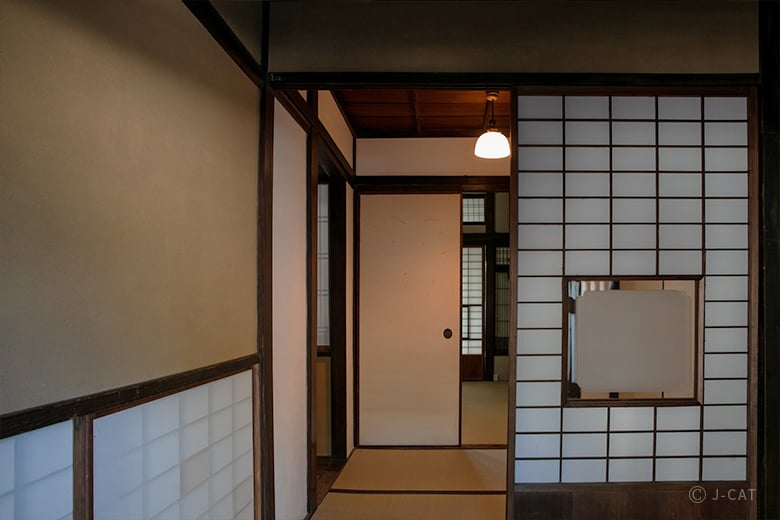
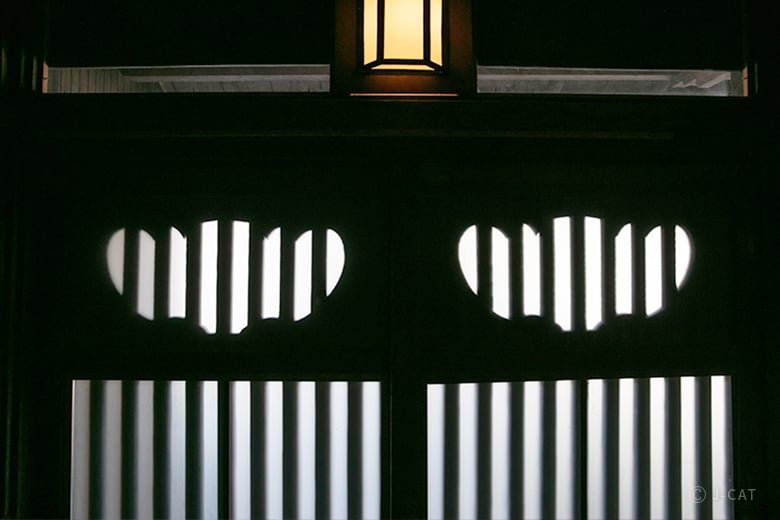
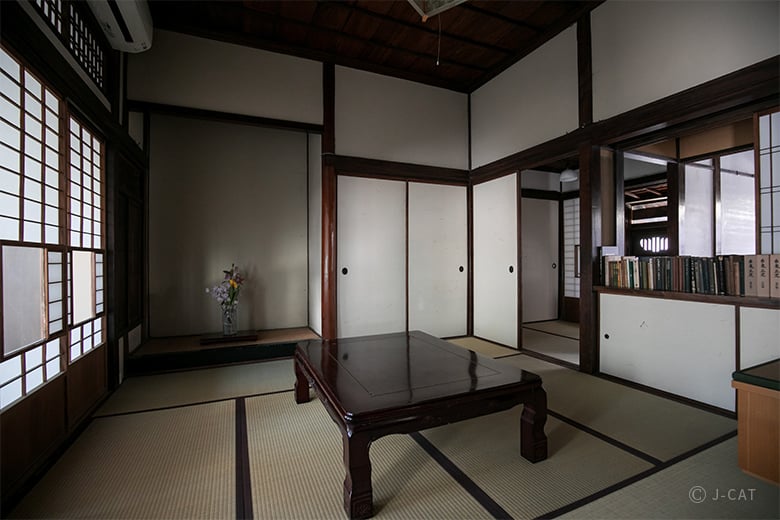




























Overview
Learn to wear a casual kimono, the yukata, and make matching accessories (choose from earrings, charms, badges, or brooches) using the traditional Japanese art of mizuhiki knot-tying. With guidance from an instructor, choose your favorite yukata style and learn to wear it correctly. Plus, take your yukata home as a keepsake. Located in the historic Sandan-zaka no Wakan building in Ueno, Tokyo, this experience offers a delightful immersion into Japanese aesthetics and culture.
Key Features
・A private experience in a 100-year-old Japanese-style building, a Registered Tangible Cultural Property
・Make accessories using the traditional art of mizuhiki while wearing a yukata of your chosen color and pattern
・Take home your completed accessory and the yukata as souvenirs. We also suggest exploring the city in your yukata
*For those interested in learning gift-wrapping with mizuhiki, check out
Learn To Tie Mizuhiki Knots and Washi Paper Wrapping With A Mizuhiki Artist
Tokyo
100mins
from ¥58,000 /person
1 - 6 participants
Available in English
Cancel free up to 11 days prior
Details
Experience Traditional Japanese Culture in a Charming Downtown Area
The Nezu area, located next to Ueno Park, is a popular tourist spot known for its nostalgic atmosphere and Nezu Shrine, one of Tokyo's oldest shrines. In this quiet residential neighborhood stands Sandan-zaka no Wakan, a historic wooden building over a century old. A Registered Tangible Cultural Property since 2023, it now hosts art exhibitions and cultural exchanges.

The gate of Sandan-zaka no Wakan, a Japanese-style building. Its simple design reflects traditional Japanese aesthetics
In this experience, enjoy private use of a Japanese-style room at Sandan-zaka no Wakan, wear a casual kimono called a yukata, and make accessories using the traditional Japanese craft of mizuhiki. Mizuhiki, dating back to the 6th or 7th century (501-700), is a decorative paper cord used in gift-giving to express respect and emotion. You'll learn to create modern accessories with this traditional technique.

Mizuhiki artist Anna Tanaka, who also teaches accessory-making
Your instructor, Anna Tanaka, is a popular mizuhiki artist and founder of the handicraft brand "hare." She creates a range of mizuhiki items and also teaches the art to the public. While preserving mizuhiki's rich history and traditions, Tanaka crafts modern pieces that reflect Japan's four seasons and annual events, sharing the beauty and depth of mizuhiki with a wide audience.

Anna Tanaka’s works, blending modern lightness with the beauty of traditional curves
Feel the Four Seasons of Japan on Your Skin While Wearing a Yukata
The experience begins with Haruna Tsunoda, a kimono dressing instructor, explaining yukata and how to wear it. A yukata is a casual cotton kimono that is usually worn in summer, known for its vivid patterns and easy home washing. You'll choose your favorite combination of yukata, obi, and geta, and take the complete set home as a souvenir. After the experience, you'll also receive a video guide on how to wear it yourself.

Yukata and obi pairings. If you're unsure about your choice, feel free to ask Tsunoda about the story behind the patterns
Tsunoda will help you put on your yukata, and all necessary accessories are provided for your convenience. Unlike formal silk kimonos, cotton yukatas are surprisingly lightweight and comfortable, keeping you cool.

The standard obi for a yukata is the hanhaba-obi. It's thin, around 16 cm wide, with the atmosphere varying based on the weave and material
Additionally, there's an option to choose an extra obi for a fee. Tsunoda suggests having both the slimming hanhaba-obi and the soft heko-obi. The heko-obi, especially, is easy to tie even for beginners and can be paired with the hanhaba-obi for a gorgeous look.

Listen to Tsunoda's commentary as you admire the yukata and picture Japan’s beautiful landscapes changing with the seasons
After dressing, Tsunoda will discuss kimono, explaining how patterns evoke seasonal plants and landscapes and the traditional weaving in the obi. You'll experience the Japanese spirituality in how the changing seasons are expressed through the kimono. Along with this talk, she'll teach you how to walk, sit, and stand gracefully in a yukata, ensuring you look your best.
Japan's Cherished Tradition of Gift-Giving
Once dressed in your yukata and after Tsunoda’s sharing, Tanaka will introduce you to mizuhiki. Though popular as modern decor, mizuhiki is rooted in traditional Japanese culture. Its knots symbolize the connection of people and hearts, blending practicality with deeper meaning. You’ll learn to appreciate the charm of mizuhiki beyond its visual beauty.

Understanding the significance of mizuhiki adds to the enjoyment of the next step
In this activity, you'll make accessories using two basic mizuhiki knots: "awabi-musubi" and "ume-musubi," which is a variation of the awabi-musubi. Named after the abalone and plum respectively, both considered lucky symbols in Japan due to their shapes, these knots offer versatility. By switching up the arrangement and color, you can create accessories with entirely different vibes. You can choose to make either earrings, a brooch, a badge, or a charm.

Examples of ume-musubi (plum knot) accessories you can make with this plan: (from bottom left) badge, charm, brooch
Make Mizuhiki Accessories
Once you've chosen the item you want to create, you’ll pick the mizuhiki colors. Tanaka has handpicked three stunning shades: gold, silver, and pearl white, along with three traditional Japanese colors: indigo, plum, and walnut. Put together your own combinations with your favorite colors — the possibilities for unique creations are endless.

Pick up to three colors from six versatile options that complement both kimonos and Western attire
"Because mizuhiki is made of paper, retying may leave marks. Hence, following the correct procedure and technique is very important," explains Tanaka. Don't fret if you're not confident with your hands; there's a thorough lecture. Take your time tying it. Once done, assemble the parts according to the item, and your one-of-a-kind mizuhiki accessory is complete. Consider gifting it to someone special, honoring the culture of gift-giving you've just learned about.

Mizuhiki gracefully curves with the pressure of your fingertips
Experience the Essence of Japanese Aesthetics and Spirituality
Once your creation is complete, feel free to spend your time as you wish. Chat with your instructor or take photos of your mizuhiki accessories and yukata ensemble. Afterward, consider taking a stroll in your yukata. Soak in the Japanese atmosphere to the fullest while showcasing your mizuhiki creation.

Completed contemporary Japanese-style earrings
With a Japanese building steeped in history, yukata boasting diverse patterns and obi weaves, and mizuhiki conveying emotions for loved ones, this plan captures all the charms of Japanese traditional culture and crafts. It promises an unforgettable experience.

A yukata complements the nostalgic cityscape
Anna Tanaka / Haruna Tsunoda / Sandan-zaka no Wakan

Anna Tanaka / Haruna Tsunoda / Sandan-zaka no Wakan
Mizuhiki Artist, Anna Tanaka
Founder of the mizuhiki handicraft brand "hare." She began making her mizuhiki creations in 2017 after discovering the craft. Drawing inspiration from traditional mizuhiki tying, she introduces contemporary mizuhiki designs for modern life. Engaging in various activities, including publishing books, hosting workshops and exhibitions, and teaching mizuhiki classes, she spreads the charm and depth of mizuhiki.
Kimono Dressing Instructor, Haruna Tsunoda
She runs "NAGOMI HOUSE," a Japanese cultural school in Meguro, Tokyo, and leads the kimono dressing class "Kimono Salon Haru." Focused on sharing the richness of traditional Japanese culture, she extends her work beyond Japan to international audiences.
Sandan-zaka no Wakan
A wooden structure built in the late 19th century as a home and office for a lawyer together with the adjoining Western-style house. A Registered Tangible Cultural Property, it is now used by the Taito Cultural & Historical Society, an NPO, for art exhibitions and as a space to interact with others.
Customer's Voice
Extremely pleased with this entire experience, would absolutely recommend to friends and family! Making a piece of art and the lovely surprise of being allowed to bring home a yukata was so so special! There are some many ways of communicating without the use of words, it was so special to be able to learn a small part of that culture.
M.M. Canada
Location
Sandan-zaka no Wakan
Taito City, Tokyo
Request for booking
Select first preferred date (JST)
December 2025
Sun
Mon
Tue
Wed
Thu
Fri
Sat

Instant Booking

Request Booking

17
Full

17
Unavailable
Tokyo
100mins
from ¥58,000 /person
1 - 6 participants
Available in English
Cancel free up to 11 days prior
Things to know
Contact Us
If you have any questions, please contact us using the form below.
We also accept bookings from corporate clients and travel agencies.